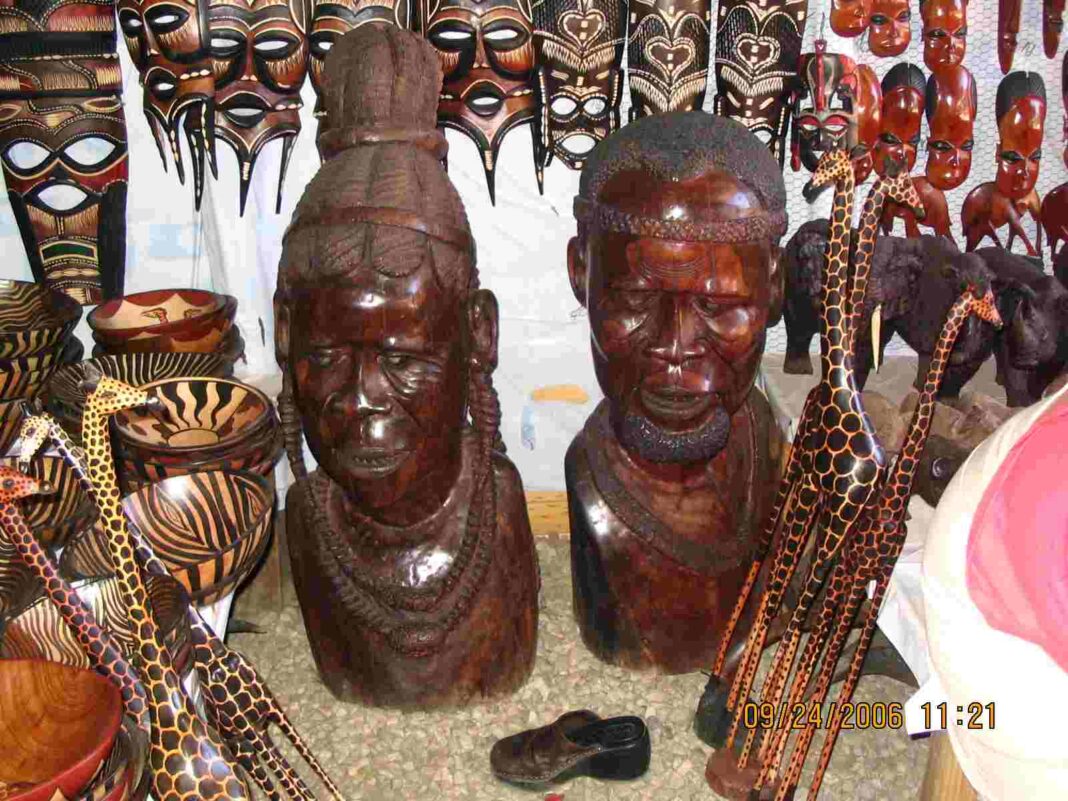Africa possessed textiles, fetishes, idols, cultural items, and pragmatic and practical crafts. Within their communities, they admired everything their African art signified, which included the visual, symbolic and spiritual components and the ornamental and aesthetic qualities. Master craftsmen and women were revered members of their communities and held a special place in society. African Culture included Traditional talents and expertise were highly valued. Unfortunately, many artists’ names are unknown since they were not recorded when their works of art were first collected and kept. If you have a good sense of African arts and crafts then you must develop it and don’t waste it at all.
In today’s rural communities, African craft is still alive and well –
One of the many issues that Africa has today is how to preserve its indigenous crafts while embracing the technological logicalities of the First World in a way that benefits the people and keeps their traditions.
HV Meyerowitz, an artist and teacher, persuaded the governors of Lagos, then known as West Africa, to establish an Institute of West African Arts, Industries, and Social Sciences in 1939, which would be a “marriage of aesthetic skill and power to the modern method.” It would look into local arts and crafts, educate African crafts using European examples, and establish local craft companies. It would also look at the area’s history and tribal life, customs, religion, and economic conditions. Overall, it was a noble idea with good intentions and an understanding that having an integrated socio economic framework that melded the two cultures was critical.
Because not enough attention was devoted to the motivation of the educated and skilled African employees, a succeeding ceramic studio directed by Meyerowitz and then Michael Cardew failed miserably. They didn’t see the point in manufacturing items solely for the goal of resale; a creative piece, no matter how simple, had to serve two purposes: to be helpful and to transmit a spiritual message. Its demise was precipitated by the mere phrase “in light of European experience.”
African art in the present day –
While the original communities made no distinction between art and craft, in today’s booming cultural climate in Africa, and with a spike in interest in Contemporary African art, ‘African craft’ has been elevated to the status of ‘art.’
Formal beauty has become paramount, technical competence is required, and uniqueness and invention are critical in manufacturing. Crafted things, just as they were in the past as indications of identity, position, and money, are still so now, and craft can fetch astronomical amounts on the art market.
As a result, one may argue that our use of “art” is solely based on supply and demand. Art collectors and investors must believe they’re receiving something rare, unique, and limited-edition. Those who can afford them want to possess them, and this desire transmutes them into African Art.
Final Words…!!!It’s worth noting that “traditional” art, such as masks, sculpture, and ceramics, was still being produced in Africa at the dawn of the twenty-first century. The creation of tourist art for the West served as a vital avenue for artistic expression. It effectively highlighted the Afro-Portuguese ivories created in the 15th century’s continuance in the link with non-African culture. Find the platform which can help you to explore African arts and crafts talent.



















